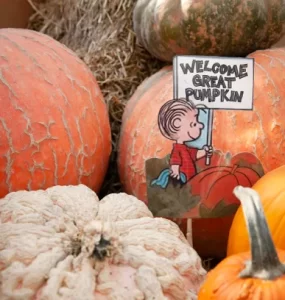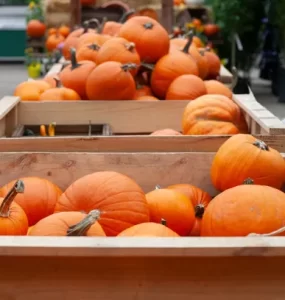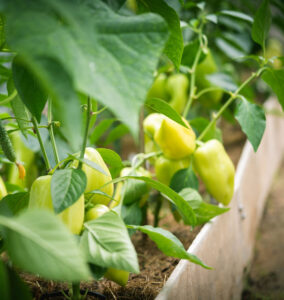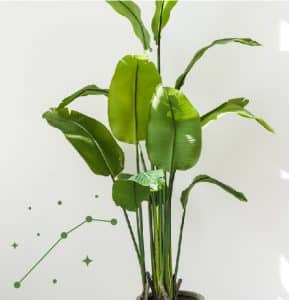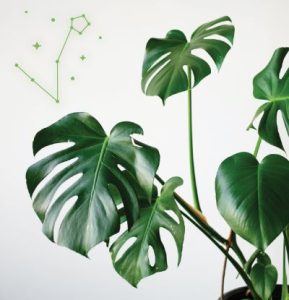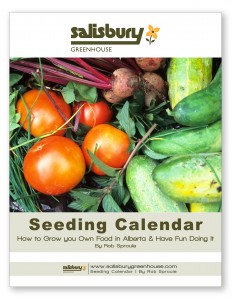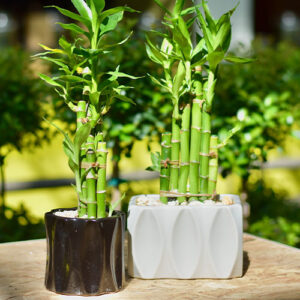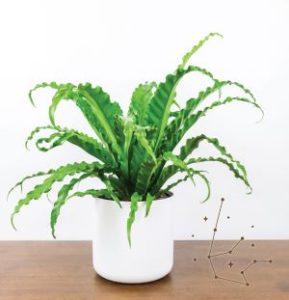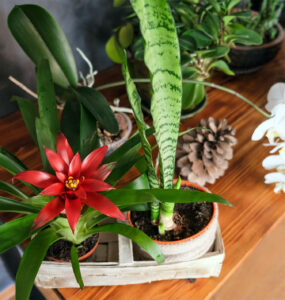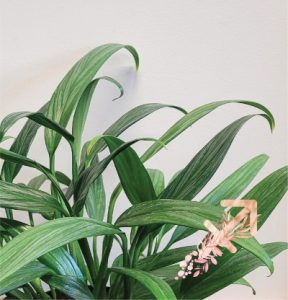Square-Foot Gardening
by Rob Sproule
From lasagna gardening to vertical beds and hydroponics, I’ve seen a lot of trendy gardening techniques walk the stage and, usually, keep walking off the other end. Usually they’re too complicated, expensive, esoteric or just plain intimidating to catch on. Square foot gardening, quickly building momentum for 30 years, is here to stay.
Coined by Mel Bartholomew in 1981, the term “square foot” means exactly as it sounds: dividing a garden space into square foot pieces, like an archeological dig, in order to achieve a denser, more intensive edible garden with increased yields.
The Technique
Start with a raised bed. Planting in the ground will slow down your growth, open the door for weeds and dilute your intensive, controlled garden into a classic plot of veggies. Aim for about 6″-12″ high and build from untreated lumber or, for a potentially cheaper option, cinder blocks. I recommend having a bottom on it, at least for the first few years, to prevent soil-borne weeds from creeping up, zombie style.
Fill with nutrient rich, well-draining soil. A third loam, third peat, and third compost blend will give you the best of both worlds. If you’re building a taller bed, only fill the top foot with your soil blend; fill the bottom with anything cheap and bulky.
Using taut string, pvc pipe or 2″ slats, build a grid of 1′ by 1′ squares. The grid is the heart of the square-foot philosophy, and following the grid pattern is the best way to increase your yields.
Make sure that you can reach every square without stepping into the bed. Every footstep we take compacts the soil and makes it harder for fibrous roots to branch out. If you have a large bed, lay a 2 by 10 down the middle as a bridge to walk on.
Plant every square separately. Large plants, like tomatoes or peppers, will occupy a full square while you can plant small root veggies, like carrots and beets, in a 4 by 4 (16 in total) pattern in one square. You can fit 2 potatoes, 9 onions or 2 kale per square. Google “square foot planting guide” and you’ll have all the plan-o-grams you need.
With no rows between crops and each part of each square filled, your plants will shade, choke, and prevent drifting weed seeds from germinating and establishing a food hold.
Advantages
Square-foot gardening provides all the benefits of container gardening without planting in containers. Small, controlled spaces lead to a tasty increase in yield thanks to warm, elevated soil and controlled conditions.
It’s a brilliant technique for beginner gardeners! The range of foot by foot plan-o-grams available online (pinterest loves this kind of thing) makes it a paint-by-numbers kind of gardening wherein you know how much space to allocate to each plant and you can try a little bit of a lot of different varieties.
A raised bed’s fresh, clean soil is a welcome change compared to ground plots where weed seeds lay waiting and noxious rhizomes often roam. Once your plants approach maturity, they should be dense enough to form a living mulch to inhibit weed seeds from germinating.
Disadvantages
Every innovation has its downsides. The cons to square-footing it mirror those of edible container gardening. If you’ve only ever planting veggies in a ground plot, it will be learning curve.
The first con is the initial cost of building your raised bed, which can sting given lumber costs. Cinder blocks are cheaper if you have a source but tend to heat up and dry out your soil faster.
Faster growth and bigger yields mean more watering. Keep the hose handy as the wicking effect from the sides of the planter and the subterranean labyrinth of roots sucks up every drop you give it. You can alleviate this by adding 2″ of wood mulch once the plants are established, but you’ll still be watering more.
Bad news for pumpkin lovers! Your square foot of soil is way too small for zucchini, melons, pumpkins, or other very large plants; keep them in the garden plot.


